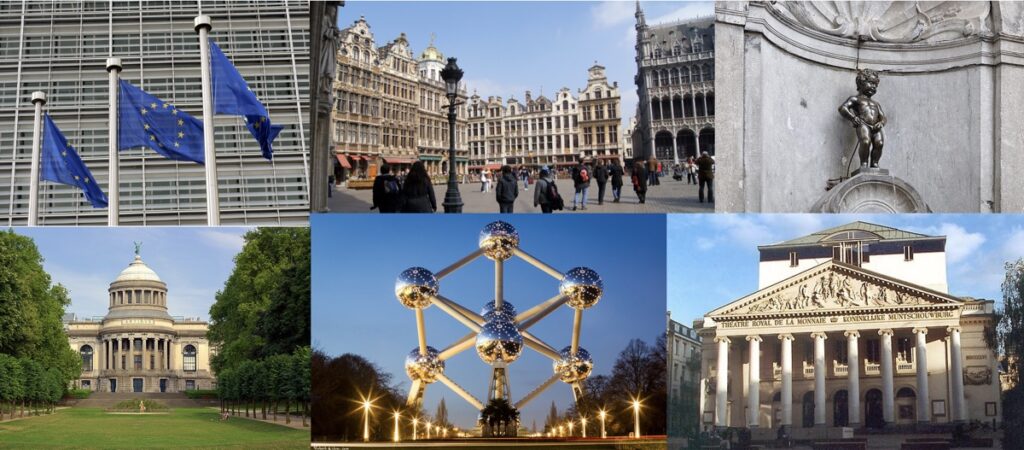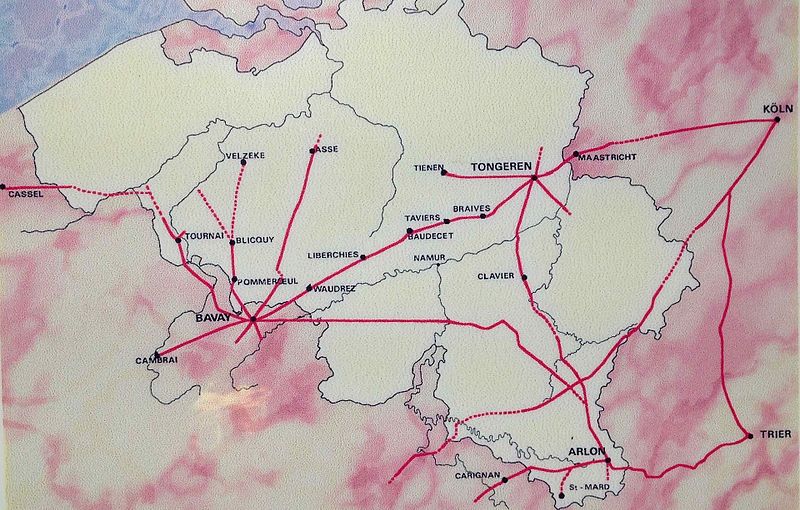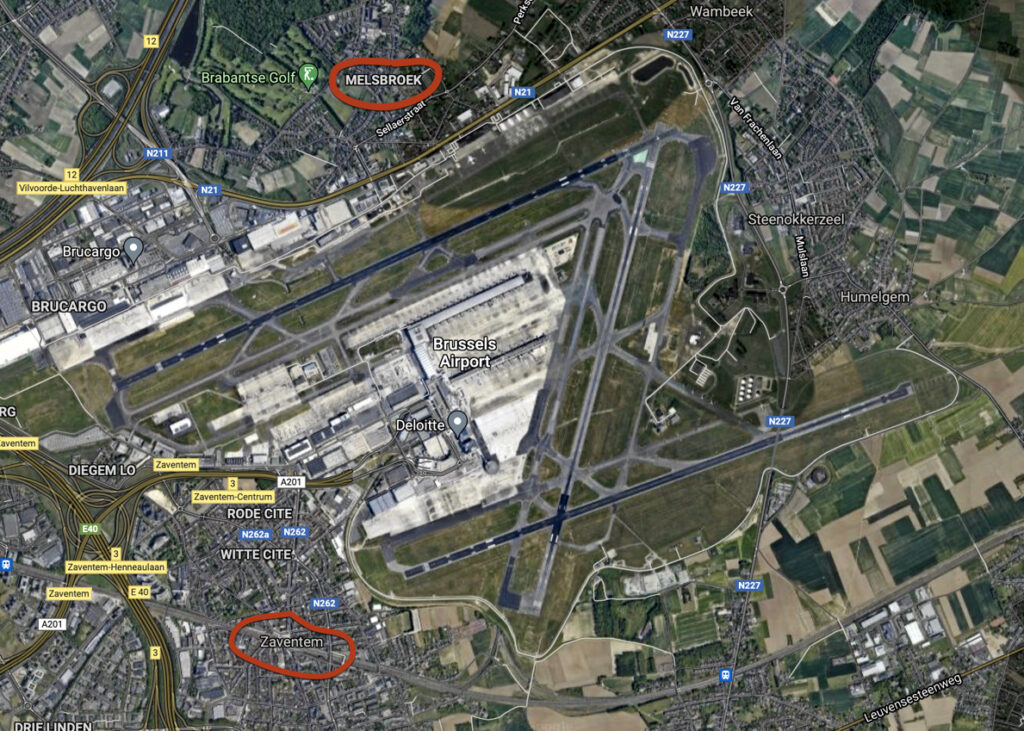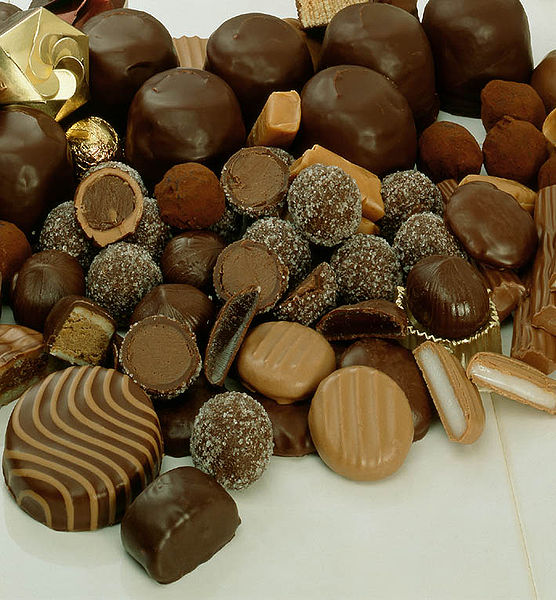(There are even Romans in this post!)
What comes to mind when somebody says ‘Brussels’? The EU, Grand-Place, Manneken Pis, the Atomium or perhaps its cultural institutions such as La Monnaie/De Munt and the Museums of Art and History.
Due to its long tradition of Belgian comics, Brussels is also known as a capital of the comic strip. Bas, a Belgian military colleague of my heroine Mel, asks her in Double Pursuit what she’s doing in ‘Comic City’. She replies:
‘This and that.’ Mel shrugged. ‘Stuff.’ He waited for more, but she just drank up then glanced at her watch.
Talking of food and drink, we also think of beer, moules-frites and, of course, chocolate. Let’s not mention sprouts (although I love them!)
But there’s a lot more to Brussels…
Belgium occupies a funny place in history – a crossroads readlly well beyond the founding of the modern state. Remarkable for a European nation it contains, and is divided by, a language boundary between Latin-derived French and Germanic Dutch. But more often than not, it’s been part of somewhere else, although the name is an old one. Yes, we’re talking Romans here.
Gallia Belgica (“Belgic Gaul”) was a province of the Roman Empire located in the north-eastern part of Roman Gaul, in what is today northern France, Belgium, and Luxembourg, along with parts of the Netherlands and Germany. When Julius Caesar arrived in the region in the 1st century BCE, as he recorded in his De Bello Gallico commentaries, the inhabitants of Belgium, northwestern France and the German Rhineland were known as the Belgae and considered to be the northern part of Gaul.
The exact nature of the distinction between the Belgae to the North and the Celts to the south, and the Germani across the Rhine, is disputed (of course!). Caesar said that the Belgae were separated from the rest of Gaul by language, law and custom and they had Germanic ancestry, but frustratingly, he doesn’t go into detail.
Much later, around 300 CE, Emperor Diocletian restructured the provinces and split the remaining Belgica into two provinces: Belgica Prima and Belgica Secunda. The first, the eastern part with Trier as its main city, also included part of today’s Belgian province of Luxembourg. Trier itself became one of the most important Roman cities in Western Europe in the 3rd century.
As for Brussels itself… Traces of human settlement go back to the Stone Age, with vestiges and place-names related to the times of megalith, dolmen and standing stones builders. Sadly, no actual Roman town found so far. ;-(. However, traces of farmhouses have been found to the west of Brussels at Anderlecht, Jette and Laeken, plus remnants of a ‘wooden structure’ on the northwest edge of the original city. We live in hope of greater things!
The nearest recorded settlement was Asse to the northwest of Brussels. From the middle of the first century, a Roman military road connected it to the capital of the Roman province of Nervii in Bavay (Bagacum Nerviorum). It continued northwards as far as the naval port at present-day Rumst (near Antwerp), with various side roads to the east and west. There may have been a Roman military camp to the southwest, though not proven.
But Asse grew to be a substantial settlement or vicus at a locally important road junction. Though no Roman buildings have been discovered, there have been frequent archaeological finds including in 2007 a pottery and in 2008 a section of what looks like an intra-urban Roman road. It is possible that there was local cult of Epona as a large number of clay horse figurines, presumably votive offerings, have been found. So no Roman Brussels as yet.
The origin of the settlement which was to become Brussels lies in Saint Gaugericus’ construction of a chapel on an island in the River Senne around 580 CE. Any other buildings from then were probably scrubby wooden huts long crumbled into the earth.
Saint Vindicianus, (c. 632 – 712) the Bishop of Cambrai, made the first recorded reference to the place Brosella in 695 when it was still a hamlet (see scrubby wooden huts above). However, the official founding of Brussels is generally agreed to be around 979 , when Duke Charles of Lower Lotharingia transferred the relics of Saint Gudula from Moorsel to Saint Gaugericus’ chapel. Charles would construct the first permanent fortification in the city on that same island.
In the Middle Ages, the old Roman civitates became the basis of Christian dioceses, and the string of dioceses which form the core of modern Belgium (Tournai, Cambrai, and Liège) were the most northerly continental areas to retain a Romanised culture. The modern Belgian language boundary probably derives from this period, as the area was a contact point of Frankish and Romanized populations; it’s still a sensitive subject today.
In the medieval period, Brussels became renowned for the production of, and trade in, textiles and from the 17th century on a centre for the lace industry. In the 20th, it’s famous for conferences, fairs, exhibitions and ongoing language and cultural disputes.
The Pentagon – no, not that one
The five-sided, vaguely heart-shaped original city of Brussels, centred round the Grand-Place, is located within the 14th century walls of Brussels. As in many European cities, these walls were replaced by large boulevards at the end of the 19th century.
By the way, ‘pentagon’ comes from Middle French pentagone, from Late Latin pentagōnum, pinched (as often happens) from Ancient Greek πεντάγωνον.
Zaventem/Melsbroek Airport (featured in Double Identity and Double Pursuit)
Brussels Airport at Zaventem has a grim origin in 1940, when German occupying forces claimed 600 ha (1,500 acres) of agricultural fields as a back-up airfield. The Luftwaffe established Fliegerhorst Melsbroek and built three runways in the shape of a triangle: two of which are still in use today. An urban legend says that the site of the airport was chosen by the Germans after asking locals about the best place to build it – the Belgians then pointed to this location but omitted to tell the Germans it was often foggy…
After liberation on 3 September 1944, the German infrastructure at Melsbroek was used by British, Canadian and US military aircraft. Afterwards, Belgian authorities decided to use the aerodrome at Melsbroek for the new national airport. By 1948, a new terminal building was constructed to the southwest to replace the old wooden building, and runways extended.
The buildings on the Melsbroek side to the north are still in use by the Belgian Air Force now known as Melsbroek Air Base. Both Zaventem Airport and Melsbroek Air Base share the same runways.
Green Brussels
Brussels is one of the greenest capitals in Europe, with over 8,000 hectares of green space. Even the office of Patrick Stevenson (Mel’s boss at the EIRS) in the Triangle Building in the middle of the concrete and glass EU quarter overlooks the impressive Parc du Cinquantenaire. But don’t let’s mention the vehicle traffic. Just use the buses, trams and metro or walk as Mel does.
The most important thing about Brussels…
Ever since the Brussels chocolatier Jean Neuhaus invented the praline a hundred years ago, the city has been at the forefront of the chocolate business. There are 1.2 million residents and around 500 chocolatiers, about one chocolatier for every 2,400 people. The average Belgian consumes over 15 pounds (nearly 7kg) of chocolate each year, one of the highest rates in the world.
Belgium’s association with chocolate actually goes back as far as 1635, when the country was under Spanish occupation shortly after chocolate had been brought to Europe from Central America. By the mid-18th century, chocolate had become extremely popular in upper and middle class circles, particularly in the form of hot chocolate drink. However, it expanded massively in the 19th Century, when cocoa was shipped ‘home’ from Congo, which had become its new African colony. Then along came praline…
A must visit: Museum of Cocoa and Chocolate
This personal tour of Brussels is a quirky one. Who else could bring Romans in alongside airports and chocolates? For heroine Mel, it’s ‘the office’, metro, her flat, the airport and a few restaurants. Each of us probably has the same everyday experience in our own lives in respect of our home town/city/village. But do you have any off-the-beaten-track places in Brussels you’d like to share?
Alison Morton is the author of Roma Nova thrillers – INCEPTIO, CARINA (novella), PERFIDITAS, SUCCESSIO, AURELIA, NEXUS (novella), INSURRECTIO and RETALIO, and ROMA NOVA EXTRA, a collection of short stories. Audiobooks are available for four of the series. Double Identity, a contemporary conspiracy, starts a new series of thrillers. Double Pursuit, the sequel is out on 19 October 2021.
Download ‘Welcome to Alison Morton’s Thriller Worlds’, a FREE eBook, as a thank you gift when you sign up to Alison’s monthly email newsletter. You’ll also be among the first to know about news and book progress before everybody else, and take part in giveaways.

















Leave a Reply